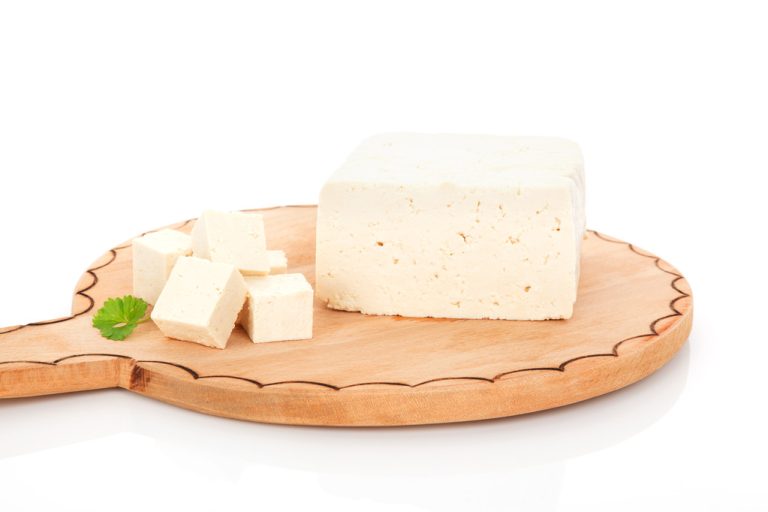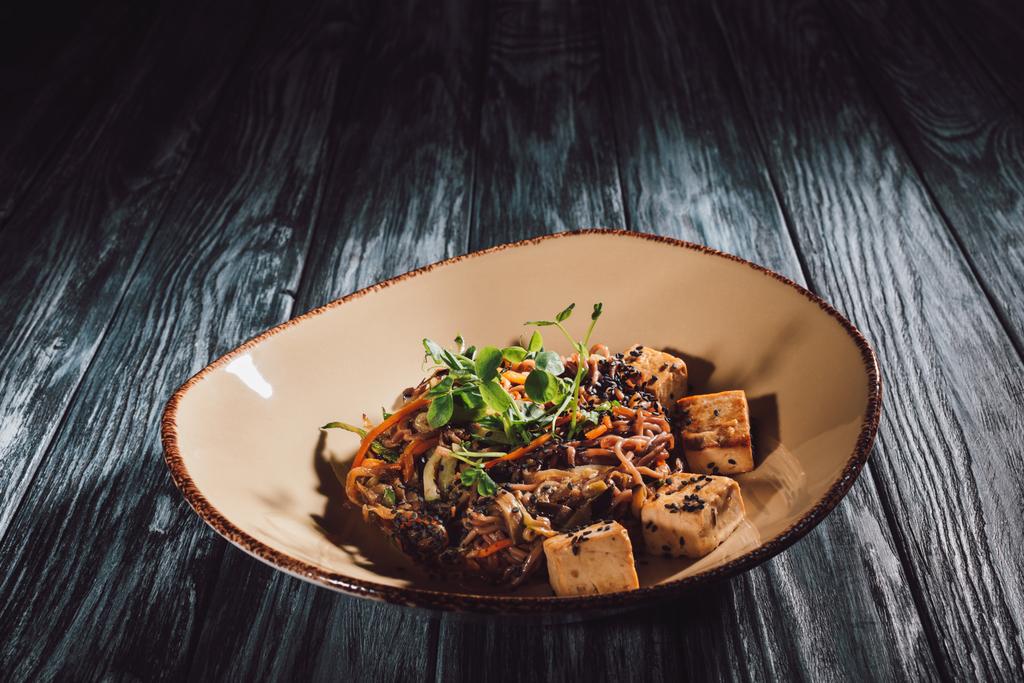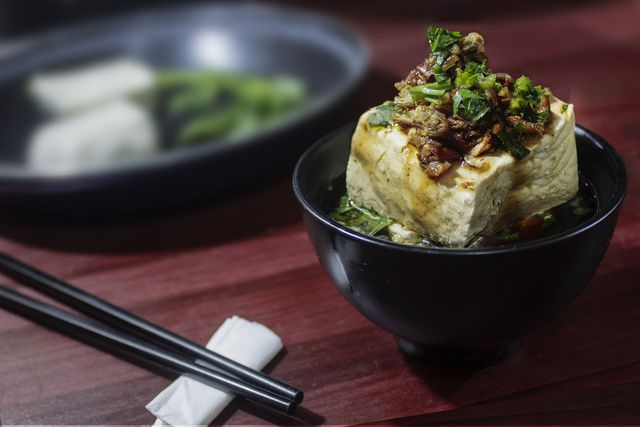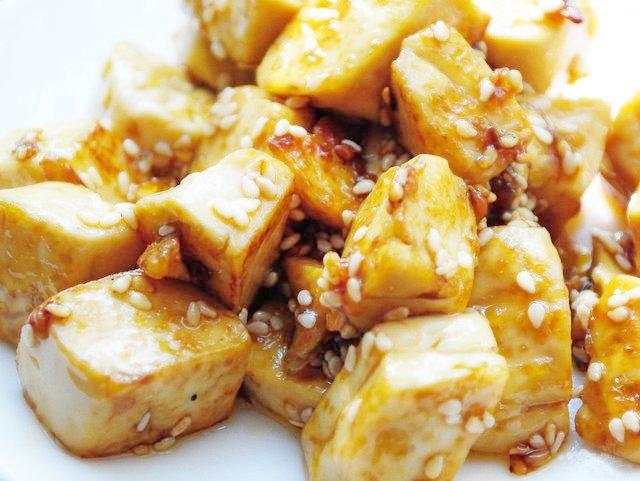Feto is still a niche product in the group of vegan substitutes. Here you can find out why it is worth trying out the fermented tofu (even if you are not vegan) and how you can easily make it yourself.
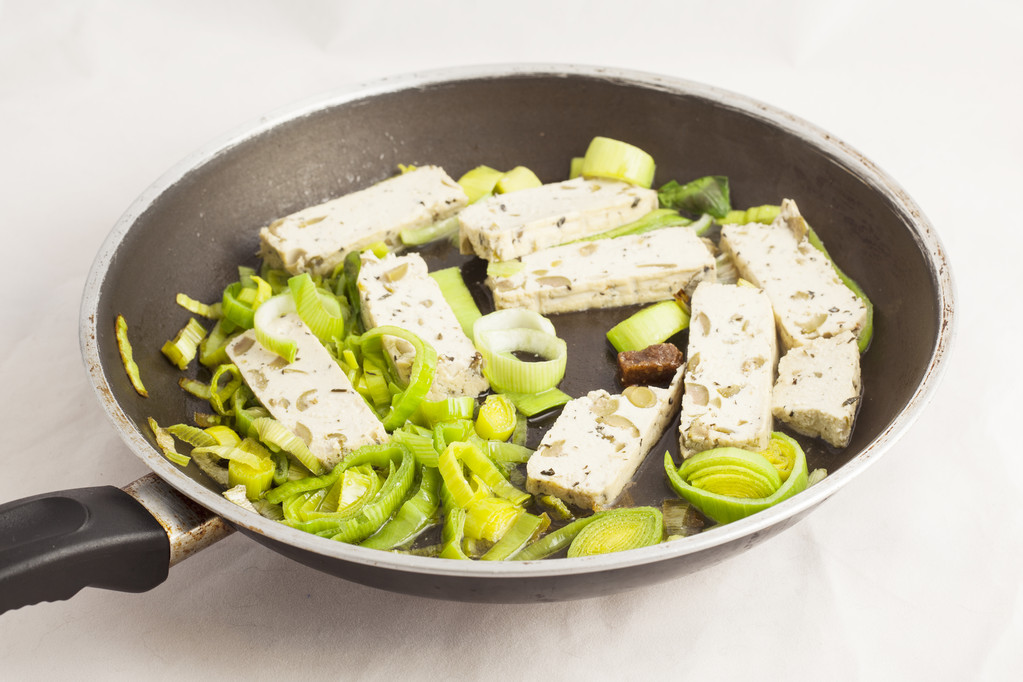
Feto: production and nutritional values
Feto is tofu that has been fermented using lactic acid bacteria. This gives this type of tofu its slightly sour taste, which is reminiscent of the taste of feta. The lactic acid bacteria also support the functioning of our intestines and can help to fight off pathogens. This also applies to other fermented foods such as sauerkraut, yoghurt or kefir.
The lactic acid bacteria also ensure that the sugar and carbohydrates contained are metabolized beforehand. This makes feto easier to digest than conventional tofu. In terms of nutritional values, Feto is very similar to regular tofu.
Here’s how you can make feto yourself
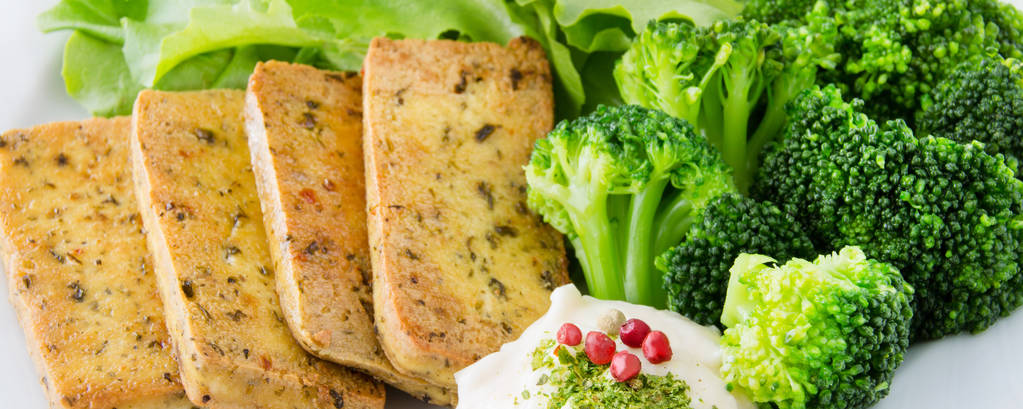
You can ferment tofu yourself in just a few simple steps. Proceed as follows:
First squeeze as much liquid as possible out of the tofu. The best way to do this is to wrap it in a tea towel and weigh it down with a few heavy objects. (e.g. cutting boards, bowls, books etc.)
Let the tofu stand for about half an hour.
Now mix about half a tablespoon of salt with 500 milliliters of water. The water should be so salty that only lactic acid bacteria and no mold bacteria can form. However, if you use too much salt, the feto will be completely oversalted later.
Cut the pressed tofu into cubes, put it in a mason jar and fill it up with the salt water.
close the jar
The tofu will take about a week to fully ferment at room temperature.
Due to the work of the lactic acid bacteria, it is possible that some liquid will leak out again and again. Make sure the tofu is always completely submerged in salt water to prevent mold from forming.
Open the jar about once a day to allow the gases produced to escape.
You can also ferment vegetables like peppers or onions with the tofu to give it extra flavor.
You can serve the finished fermented tofu cold or warm. Cut into cubes or crushed into crumbs, you can use it as a feta substitute for salads. Fried in a pan, it is a delicious side dish for vegetable, pasta and rice pans. Due to its strong cheese note, it is also suitable as a basic ingredient for vegan cheese sauces. Feto is also recommended as an ingredient for Asian stews and soups.
Tip: Make sure you use organic tofu. This ensures that farmers do not use synthetic pesticides and genetic engineering when growing soy.


